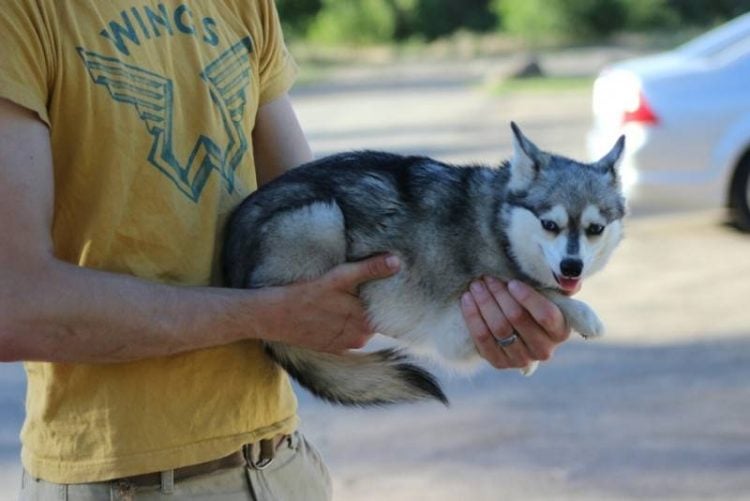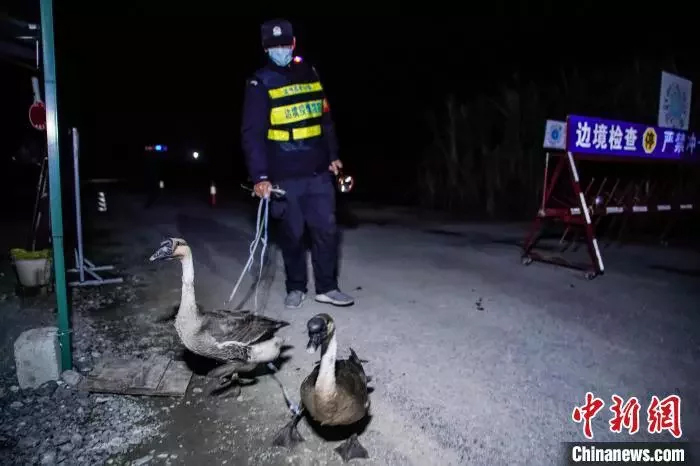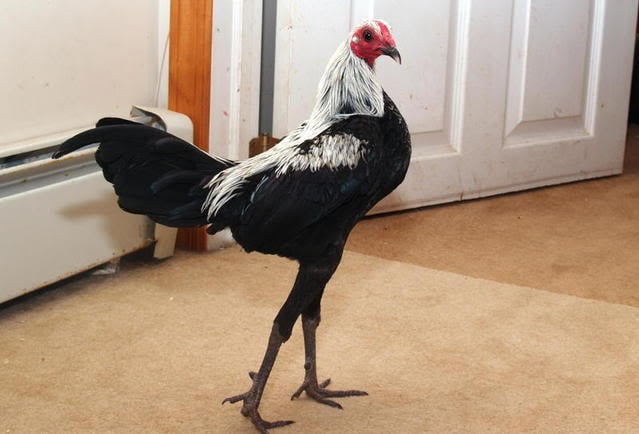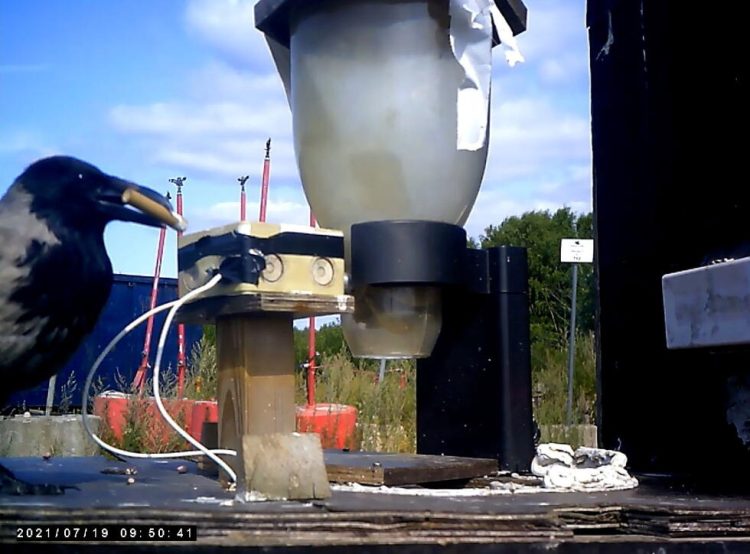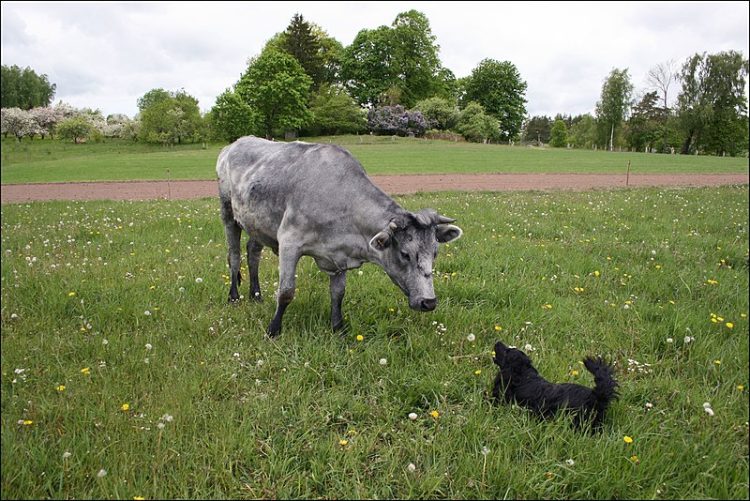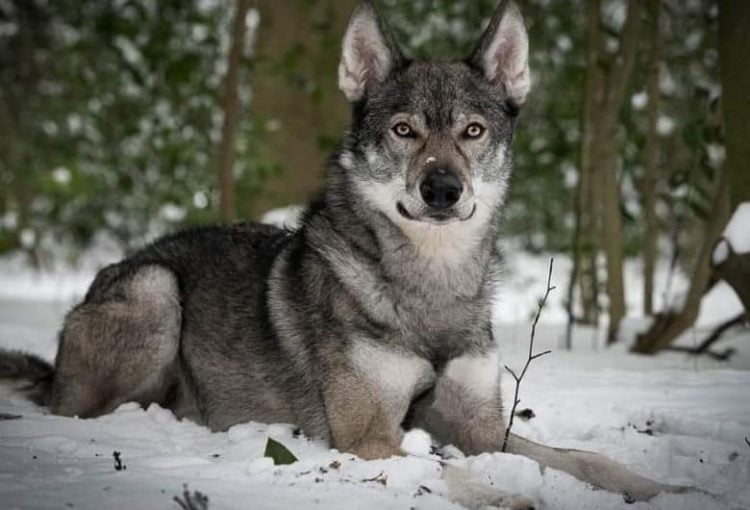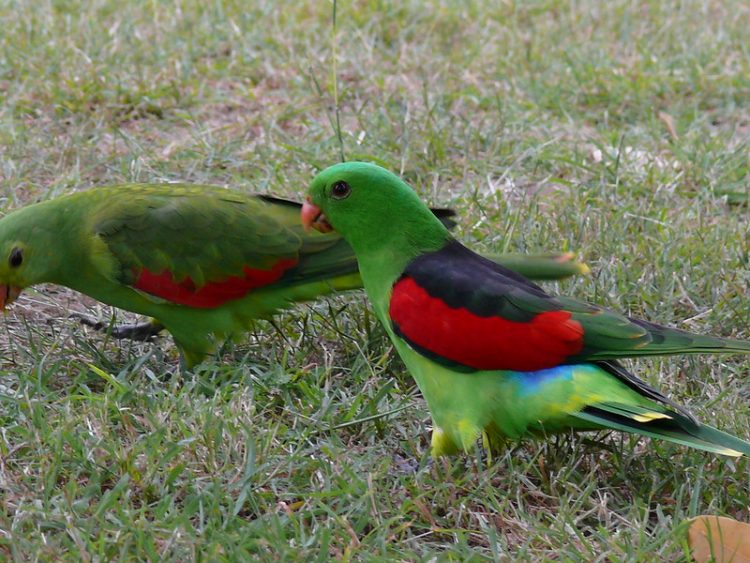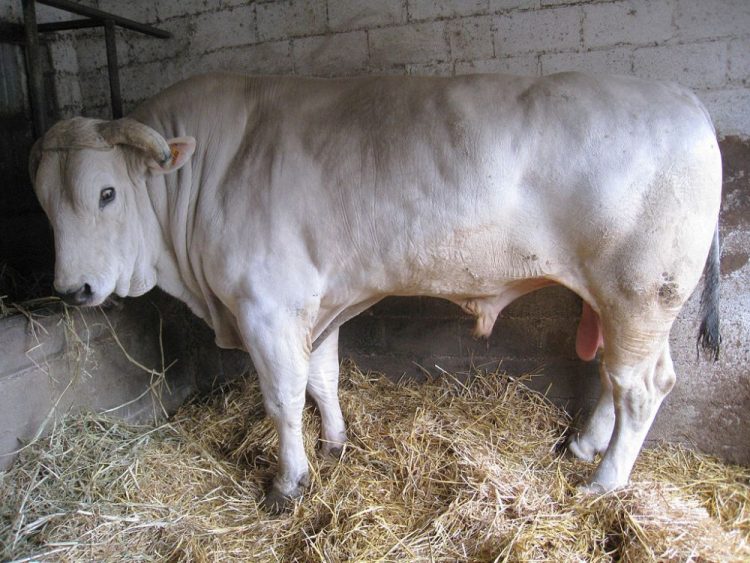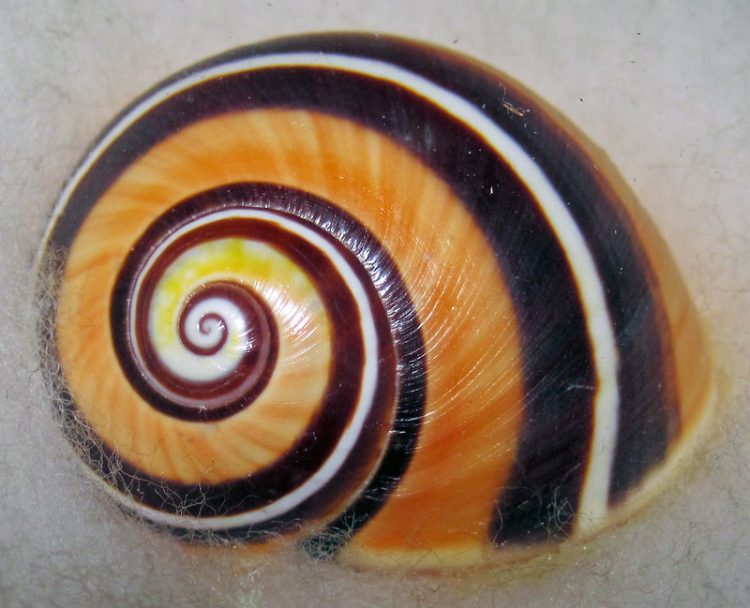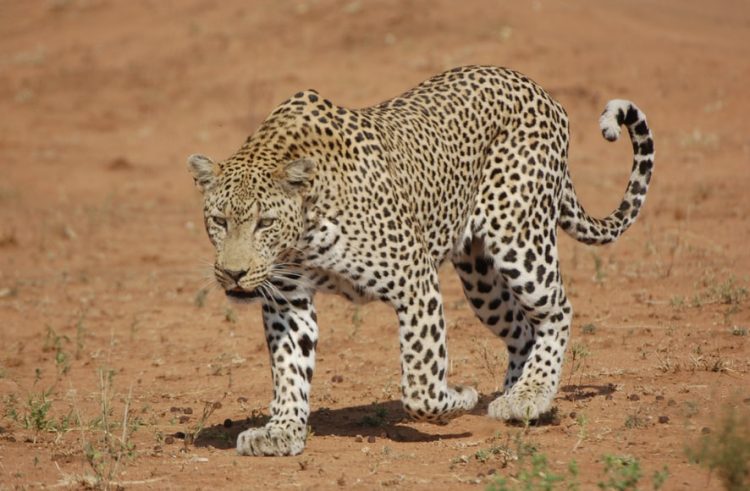Klee Kai – literally “little dog” in an Alaskan indigenous dialect – is a fairly new dog breed designed as a smaller version of the popular Alaskan Husky.
The husky is one of the world’s most beloved dog breeds, but it’s no secret that their medium-to-large frame requires a lot of space, making them less-than-ideal apartment pets. Luckily, if you can’t settle for any other dog breed, you’ll be happy to know that there is such a thing as a miniature husky. Developed in the 1970s by an Alaskan breeder, the Klee Kai is a considerably smaller version of the Alaskan Husky that features the same iconic appearance and developed intellect that huskies are famous for.

